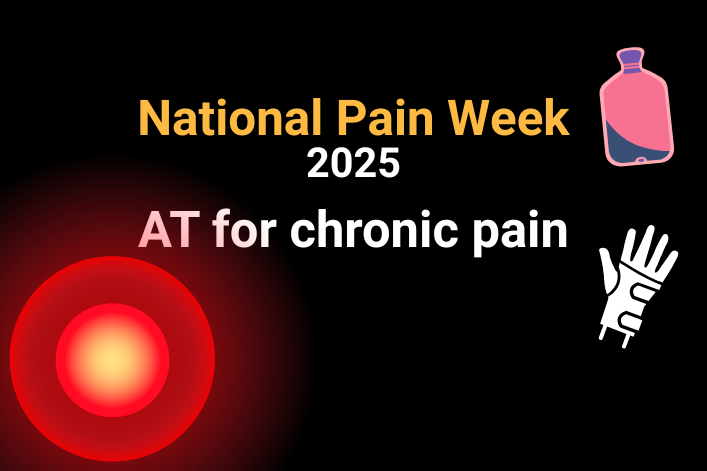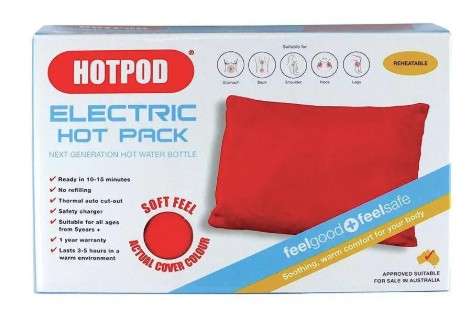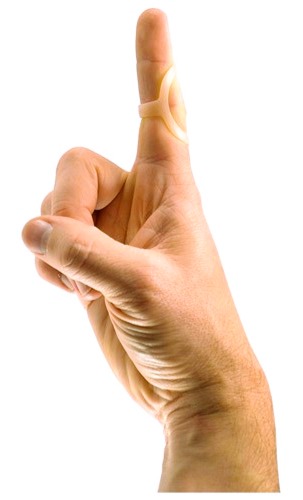Assistive Technology for Chronic Pain

With any pain, it’s important to seek advice from your treating health professional. Your occupational therapist can help with functional pain assessments, task modifications and ergonomics, as well as environmental and prescribing assistive technology solutions. Physical therapists (physiotherapists and exercise physiologists) can assist with activity pacing, graded return to activity and modifying activities. Mental health professionals can assist with pain-coping education.
To get you started, we’ve provided a short list of low-cost AT that might be helpful in managing pain, so you can continue to participate in the sports and hobbies that you enjoy.
Heat and cold packs:
- Non-freeze instant cold pack – single-use, portable instant ice pack for relief from pain and swelling. The pack is activated by squeezing then shaking the pack.
- Hotpod Electric Heat Pack – reusable heat pack that takes up to 15 minutes to heat and has an auto cut-off, then stays hot for up to 8 hours. No boiling water or microwaving required.


Supports:
- Strapping tape, such as rock tape can be used to support injured limbs/joints. Your physiotherapist can assist you with the correct technique to ensure that you are strapping correctly. Some manufacturers also provide videos on taping techniques.
- Sports braces typically support the joints (e.g. ankles, knees, wrists, thumbs), while still allowing a restricted range of movement to let you keep using the affected limb/joint.
- Splints are typically prescribed by physiotherapists and hand therapists. Some options are Oval 8 Finger Splints or Silver Ring Splints.
- Compression Gloves typically provide warmth and compression, to reduce swelling and increase blood flow, for temporary relief of arthritic pain.
- Compression Socks and Stockings, can ease swelling, improve circulation and support recovery from surgery, lymphedema or pregnancy. They are also sometimes recommended for people with conditions that affect their autonomic nervous system such as Postural Orthostatic Tachycardia Syndrome (POTS).
Distraction
Apps



-(1).png?sfvrsn=ccc41a60_0&size=400)